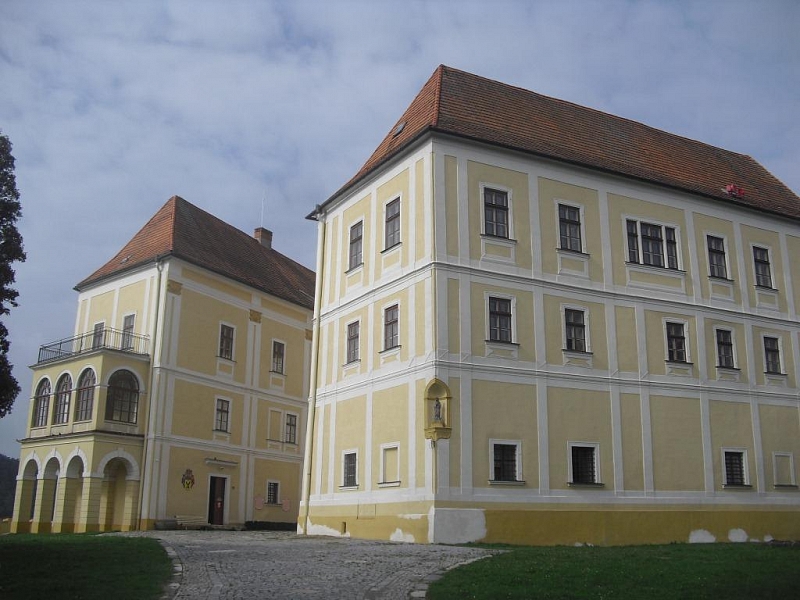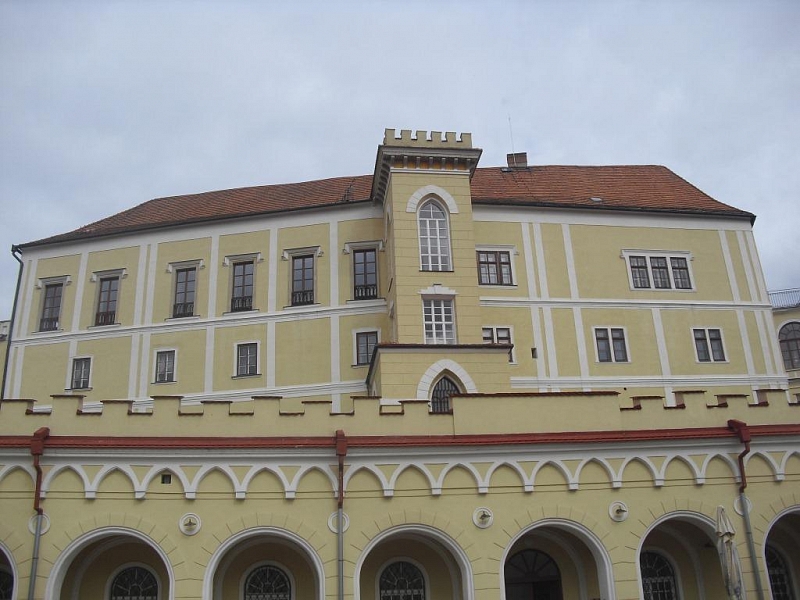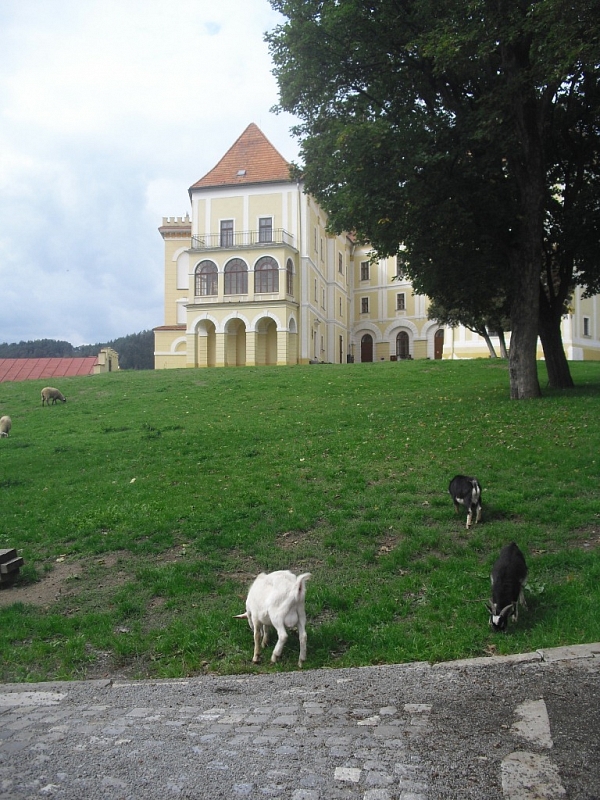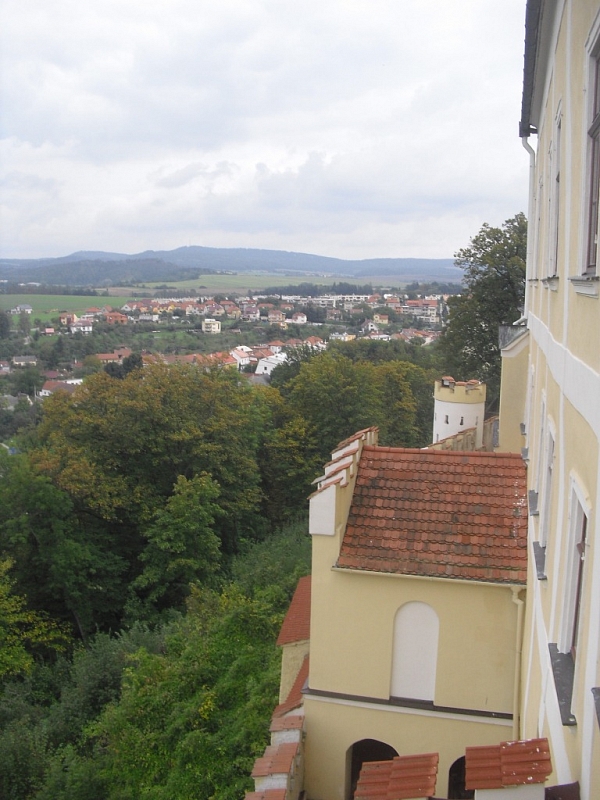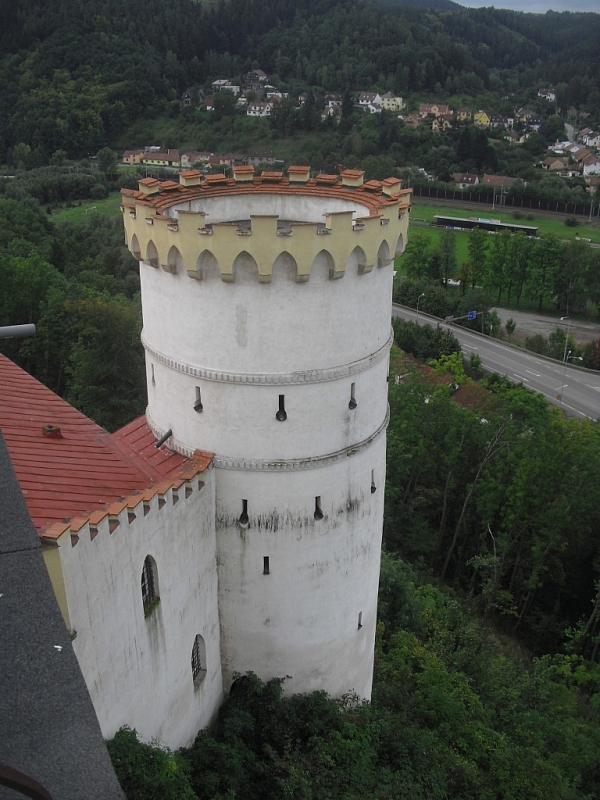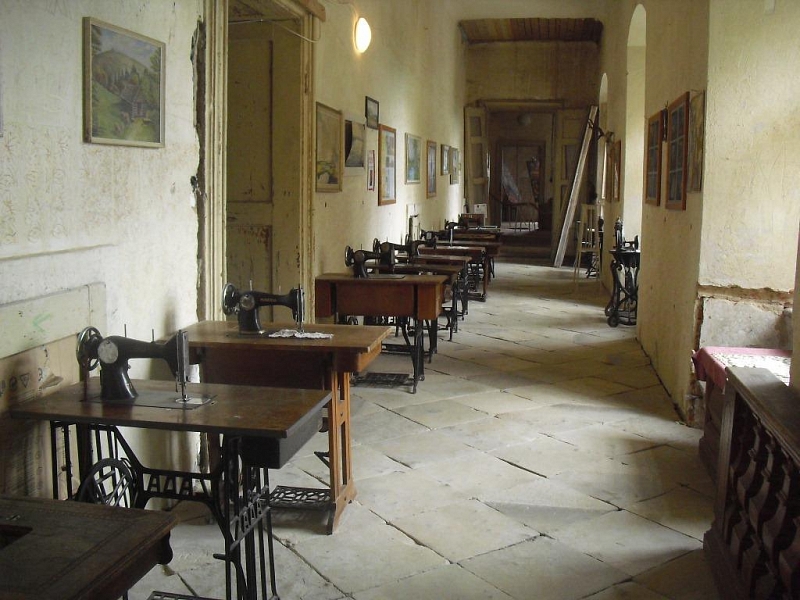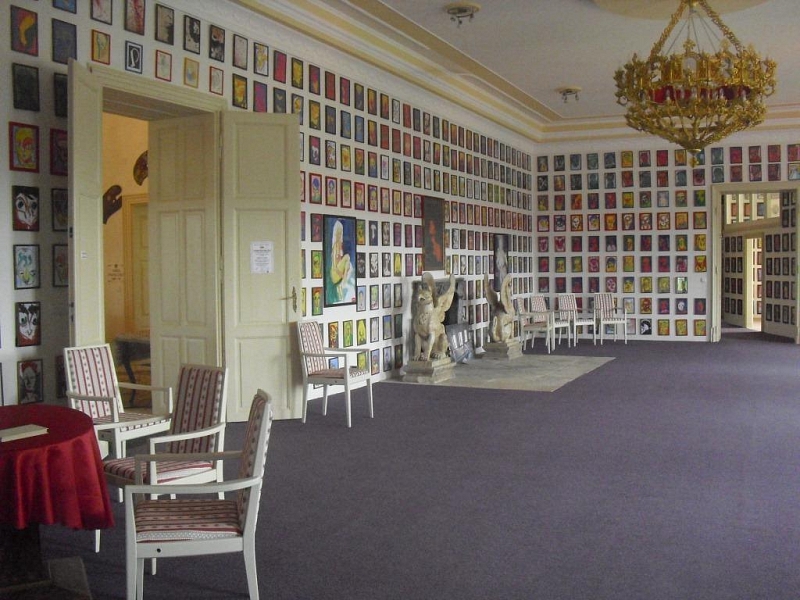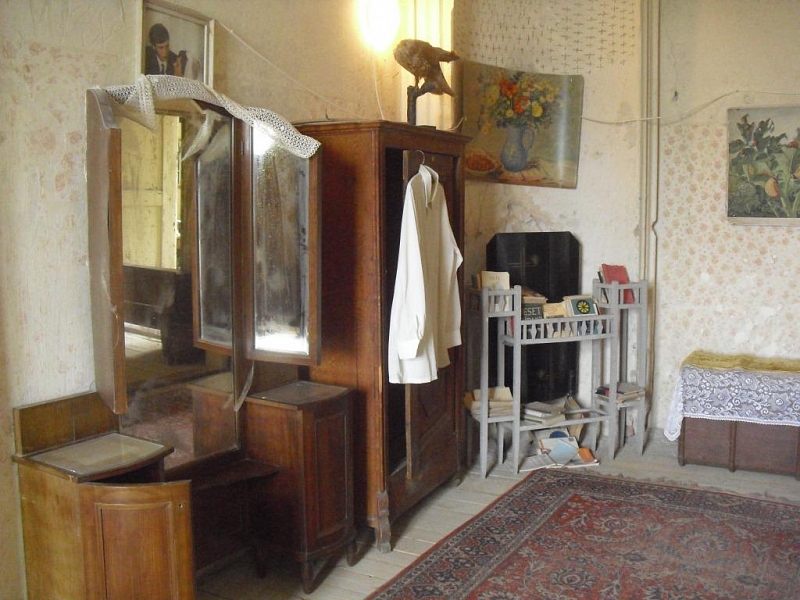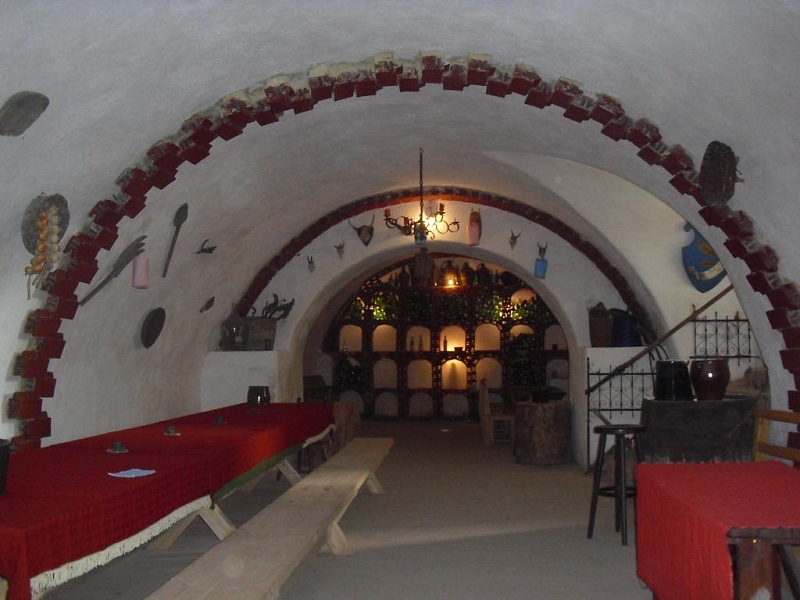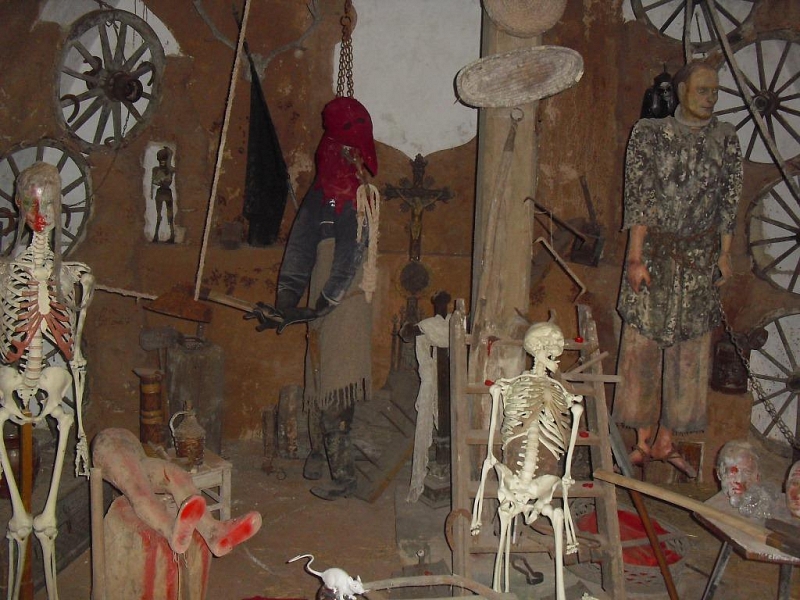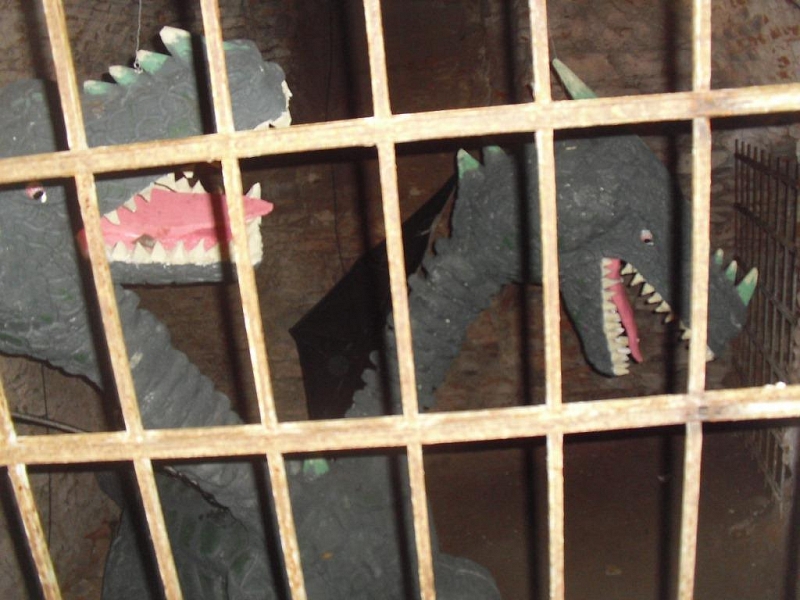Letovice
When you say castle, everyone is sure to imagine richly decorated interiors, carved furniture upholstered in gold embroidered fabrics, beautiful wallpaper on the walls, rare old paintings and glittering accessories. You will not find this at the castle in Letovice. Due to its sad history in the second half of the last century, it has almost become a ruin and it did not look good with it. Fortunately, there is someone who is trying to save him at all costs and restore his former beauty. A visit to this chateau will be an interesting experience and also a subject to think about, as far as indifference can lead to such important monuments as this chateau.
Information for visitors
Interesting facts Letovice
The castle, standing on a promontory above the Trsteník Trail, which connected Bohemia with Moravia, was probably built sometime in the middle of the 13th century, probably by Heřman of Letovice. However, the first documented written records date back to 1360. The castle gradually belonged to the lords of Letovice, Přibyslav and Ronov. They came to the castle in the 14th century. Around 1400, the well-known travelogue of Marco Polo Milión was translated into Czech. However, the castle was conquered and destroyed by the Hussites in 1424, as at that time it belonged to the supporter of Emperor Sigismund Hynek of Ronov. After his death, the castle was acquired by the lords of Boskovice thanks to marriages with Hynek's daughters. The castle was repaired in the second half of the 15th century. The Gothic reconstruction from that time is still visible in several cellars and part of the perimeter wall. In 1544, Kryštof of the Hardek family bought the castle and the entire surrounding estate, who then began to expand and rebuild the estate in the Renaissance style. Unfortunately, the castle was conquered again, this time by the Swedes in 1643. Already at that time and long after, the manor changed owners relatively quickly. During this time, the castle was rebuilt into a Baroque chateau. However, it burned down in 1724 together with the town, when the Blümegens acquired the manor. During the subsequent repairs, many outbuildings were built, which formed the basement.
In 1820, the last family of castle owners, the Hungarian Kálnoky family, came to the chateau. They adapted it into the Empire and later the neo-Gothic form, in which we can see it to this day. On the slopes of the castle, they also had an English-style castle park built, which is one of the most valuable in our country. However, in 1945, the castle, like many other monuments, came under the administration of the MěNV and perhaps its hardest times came. It was used as a dormitory and then only fell into disrepair, until it almost became a complete ruin. In restitution, he was finally returned to the Kalnoky family after long delays, and they sold it in 2004 to the current owner, Mr. Bohumil Vavříček. At that time, the castle was in a disastrous state, the interiors were completely destroyed, in many places it leaked into it, the floors were torn off and some ceilings were completely collapsed.
Thanks to the determination and considerable investments of Mr. Vavříček, you would not even know from the outside today that you are not going to one of the beautiful castles, where a visit like in a fairy tale awaits you. The whole facade is nicely repaired and shines in the distance. Before entering the chateau itself, you will see a wine cellar and a torture chamber with a very suggestive exhibition. For truly adventurous people, there is the possibility of staying overnight in this torture chamber. In the interiors, so far, despite all the efforts to make the castle uncomfortable, you can see for yourself, not only in the photographs. You walk through the castle circuit without a guide, so you have plenty of time to see the rooms that have already been put in order, even those where the walls and floors are still broken. Instead of decorated furniture, there is a tasty omnipotence of things from different periods of time and offers many opportunities for reflection, for some, even for a smiling memory. The tour includes a sales exhibition of 2222 paintings by Tomáš Vavříček, which was entered in the Guinness Book of Records as the most paintings by 1 author at one exhibition. The attraction for visitors is also a small zoo, a restaurant in the former riding hall and the new Dragon's Slug, a long cellar corridor, at the end of which a large dragon awaits you.
A visit to this castle may leave you with several impressions. Sadness at how almost indifference almost led to such a beautiful memory. Admiration for the determination of a person who tries to do everything to restore the castle to its original splendor, so that not only we but also future generations could get to know it. The joy of doing it slowly but surely. And also a bit of a good feeling from the fact that even my few crowns for the entrance fee will contribute to this great purpose. The chateau in Letovice is definitely worth a visit, which will be a bit unconventional, but very interesting.
Author: Martina Limbergová
